Nikon D500 vs Nikon D750: Which DSLR should you choose?
Who really needs a full-frame DSLR?
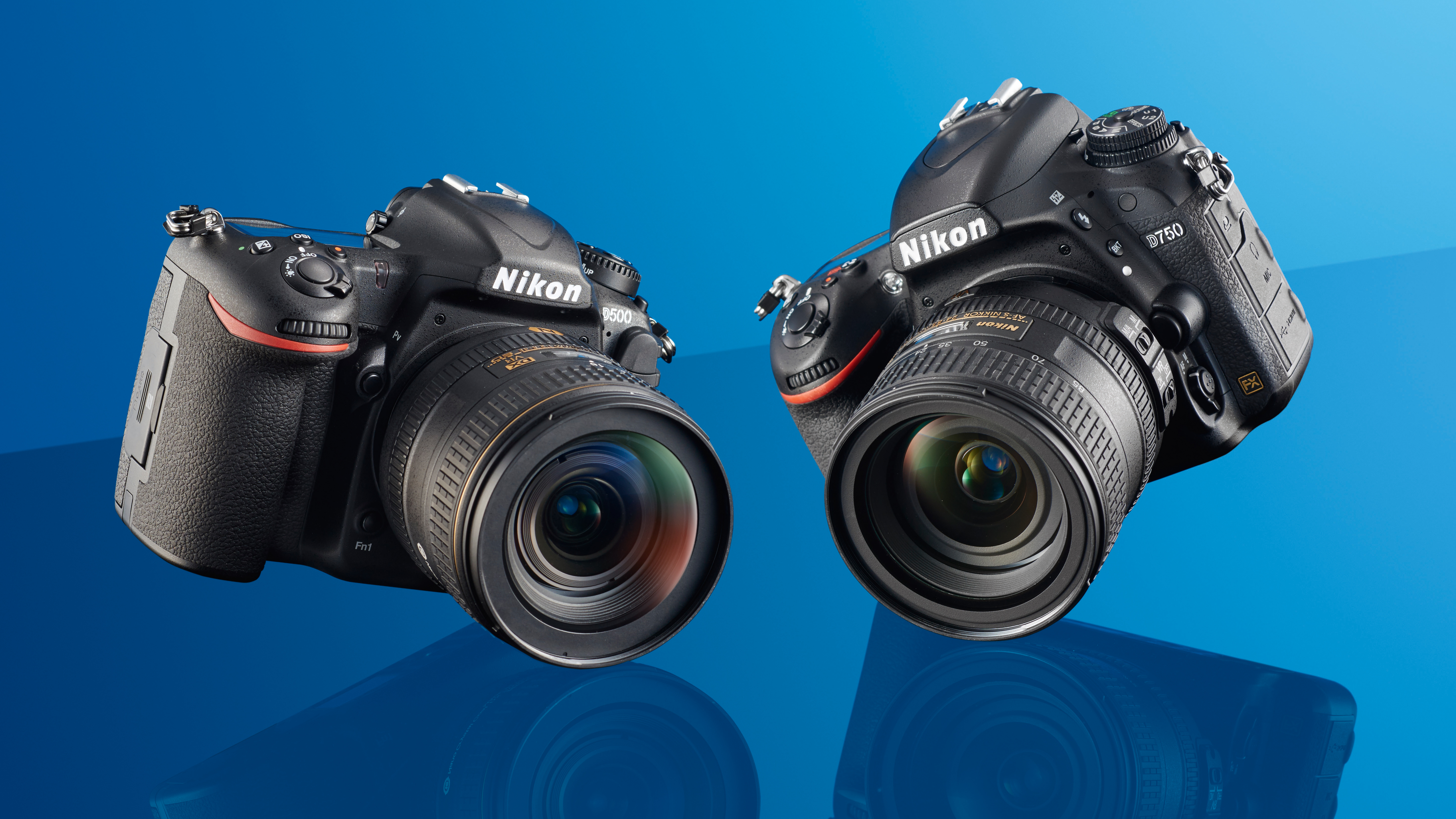
Nikon's full-frame DSLRs cost a lot more than its DX models. For almost the same price as the relatively basic FX-format D750, you can get the high-spec, high-performance DX-format D500. So how do you choose? We explain the pros and cons of these two models to help you decide when one you should choose.
D500 Pros:
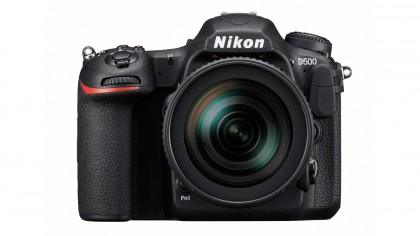
- You get much more camera for your money – the D500's specs easily outstrip the D750's
- DX lenses are smaller, cheaper and lighter to carry around – and you can use FX lenses on DX Nikons too
- The 1.5x 'crop factor' makes telephoto lenses effectively 1.5x more powerful
D500 Cons:
- The smaller DX sensor can't quite match a full-frame FX sensor for all-round image quality
- The smaller sensor leads to increased depth of field, which can be useful, but can also make beautiful bokeh harder to achieve
- At shorter focal lengths you'll need to invest in DX lenses, which will be of little use if you upgrade to a full-frame Nikon later
D750 Pros:
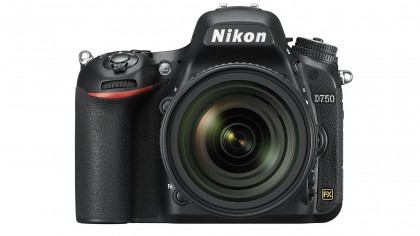
- The larger sensor area opens the way for higher ISO sensitivities or higher resolution sensors that don't sacrifice overall quality
- Depth of field is shallower, giving images more spatial depth and attractive background blur
- If you want to turn pro, a full-frame Nikon is best both for quality and pro accessories
D750 Cons:
- Even an 'affordable' FX-format Nikon like the D750 is a pretty expensive purchase
- You'll need to invest heavily in lenses to exploit the quality potential of the full-frame format
- FX cameras are mostly (not always) bigger and heavier, and not designed for novices or those still learning
1. APS-C vs full-frame
Nikon makes digital SLRs in two formats. The smaller, cheaper DX-format cameras use sensors about the same size as old APS-C film, measuring around 24x16mm (half the size of the full-frame sensors in Nikon's higher-end FX-format cameras). Technically, this reduces the image quality, but the bar is now set pretty high and it's possible for DX-format cameras like the D500 to produce super-sharp billboard-size images that only an expert could tell from their FX-shot equivalents.
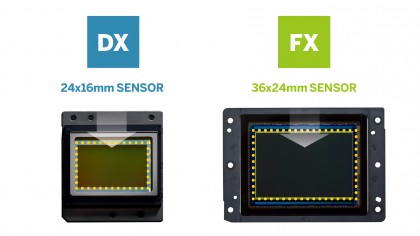
Nikon's FX cameras have larger sensors the same size as the old 35mm film negative, measuring around 36x24mm. This gives them twice the area of the DX sensor, and increases the potential image quality as a result. The larger sensor pushes up the price, however, and it also requires larger, more expensive lenses. Almost all professional Nikon DSLR users choose FX cameras over DX models, though, so if you intend making money from your hobby, the pressure to move up to the larger format is strong.
2. Pixel density, noise and megapixels
Megapixels are not the only factor in image quality; the size of the pixels (or 'photosites') also matters. Bigger photosites mean less noise and better dynamic range; smaller photosites mean more noise and less dynamic range. So because the DX-format sensor in the D500 is smaller than that in the D750, there's a limit to how many megapixels Nikon can cram in before these other aspects of image quality start to suffer. Nikon has used 24MP DX sensors, but it clearly feels 20 megapixels gives the ideal combination of resolution and overall image quality in the D500.
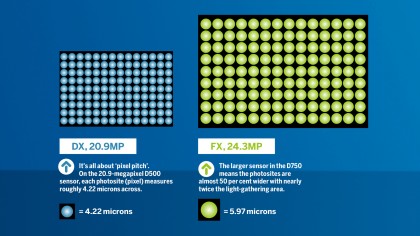
The larger sensor area of the FX-format D750 means that although it has only slightly more resolution than the D500 (24 megapixels versus 20.9 megapixels), there's space on the sensor for much larger photosites and hence the potential for lower noise and better dynamic range.
Alternatively, the larger sensor area can be used to offer much higher resolution with the same photosite sizes – so you get sharper photos with no penalty in noise or dynamic range. The D810 is a good example of an FX-format Nikon that exploits the full-frame resolution advantage.
Get daily insight, inspiration and deals in your inbox
Sign up for breaking news, reviews, opinion, top tech deals, and more.

Rod is an independent photographer and photography journalist with more than 30 years' experience. He's previously worked as Head of Testing for Future’s photography magazines, including Digital Camera, N-Photo, PhotoPlus, Professional Photography, Photography Week and Practical Photoshop, and as Reviews Editor on Digital Camera World.